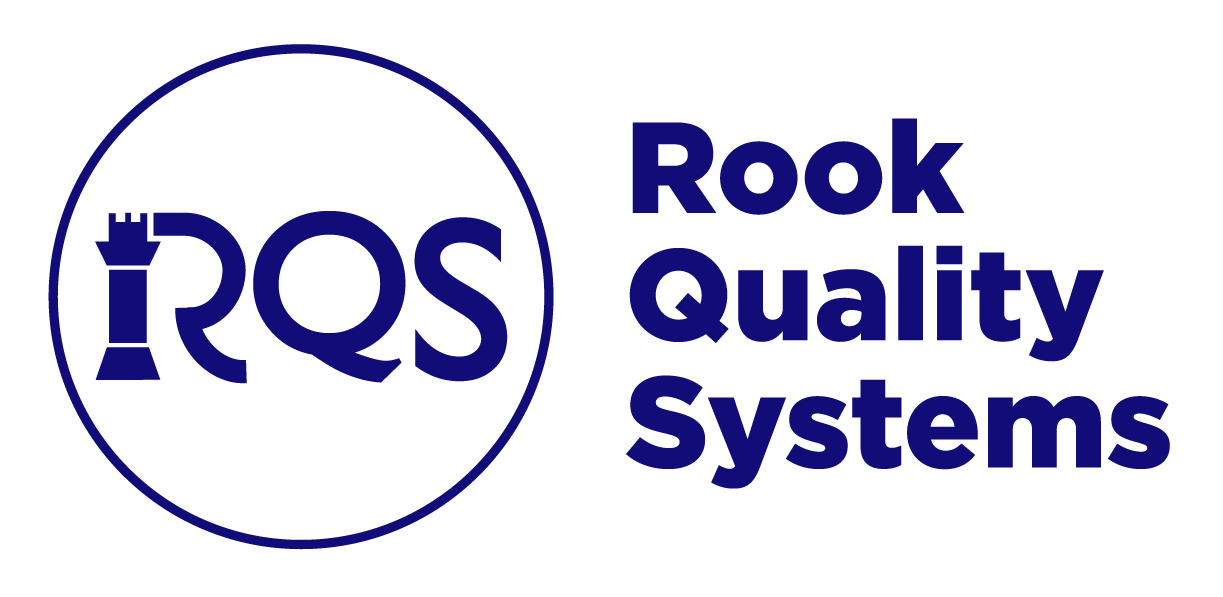Risk Management in the Medical Device Industry
Building trust with patients is one of the most important foundation blocks in the medical device industry. Developing patient trust is strictly driven by ensuring that the medical device is designed and developed works safely and effectively. Medical device manufacturers/companies normally face challenges to make the medical devices safe for human use, and to also ensure they are effective. To ensure safety, medical device companies work diligently to comply with regulations to verify that their device’s risks are identified, mitigated, and monitored.
Per ISO 14971 2019, medical device risk is defined as the combination of the probability of occurrence of harm and the severity of that harm. The risk management process is a device development lifecycle, which focuses on identifying, evaluating, analyzing, assessing, and mitigating the chances of failure in the product. Though this process is pivotal in ensuring that the product is reliable, the actual framework for the risk management process is quite simple.
A Breakdown of Risk Management Steps for Medical Devices
Planning
Planning and establishing a framework for your risk management process is the first and most crucial step. This phase includes defining the scope of the risk management activities as well as defining the products/devices that are going to be included within your risk management plan (RMP). This framework also includes the process which will be utilized to define roles and responsibilities of the team that will be reviewing and eventually approving all risk documentation. Lastly, but most importantly your RMP will define your device’s risk acceptability criteria. It is important to note the RMP plan evolves and changes in real-time, therefore, it should always be reviewed and kept up to date.
Risk Analysis
As expected, running an analysis is the most critical step of many processes. Risk analysis works to identify specific risks associated with your relevant medical device. There are a few components that need to be identified in the risk analysis stage of your medical device.
The first step of risk analysis is to ensure that you have a well-defined and documented intended use for your device. Once you’ve defined your intended use, you will be able to define potential hazards that may arise from your device being used correctly as intended or even misused as well. The hazards you identify and define are essentially the potential sources of harm for your device. In your risk analysis, you will need to identify and document all potential hazards. ISO 14971 has an extensive list that you can use as a reference for this!
Within your documented risk analysis, foreseeable events, and the relevant hazardous situations they have led to must also be identified. The hazardous situation you will identify is essentially a circumstance where users are exposed to one or more hazards. The foreseeable events are event(s) that must occur first in order for the hazardous situation to take place. Finally, you will also identify and capture each harm associated with the hazardous situation.
Risk Evaluation
During medical device risk evaluation, the severity and probability/occurrence of each risk is identified. In this phase, you will utilize a risk acceptability matrix, where you will identify risk levels to either be low, medium, or high. Once you’ve evaluated and classified your risk levels, you will review each risk to identify which is deemed acceptable and which requires further risk reduction. Again, the risk acceptance criteria/acceptability matrix is something that needs to be defined in your risk management procedure and risk management plan.
Risk Controls
Risk control measures are implemented to mitigate and control, bringing risks to an acceptable level. These controls are implemented to lower the intensity of the risk level to an acceptable level. Common risk controls that are often implemented to mitigate risks in medical devices include device design changes, labels and instructions for use modifications.
Documentation
All these phases of the risk management process must be captured through proper documentation in a Risk Management File (RMF). Risk Management documents must contain all plans, diagrams, assessments, and reports. A RMF includes records/evidence of the risk management plan, risk analysis, risk evaluation and risk management review.
All the steps above are pivotal in the medical device product development cycle. Achieving compliance through these phases of the risk management process aids in developing safe and effective medical devices, which eventually aids in medical device companies gaining patient trust.
If you need help interpreting the nuances of risk management or developing a comprehensive risk management strategy, look to Rook: We’ve been partnering with emerging medical device companies for over a decade, and we’re here when you need us.
Conclusion
In conclusion, building patient trust is crucial in the medical device industry. Employing a robust risk management process ensures safe and effective devices, fostering trust between companies and patients. Rook offers expert assistance for successful risk management strategies.
This post is part of a 3-part series:
https://rookqs.com/blog/risk-management-medical-devices-part-2/
https://rookqs.com/blog/risk-management-medical-devices-part-3/
